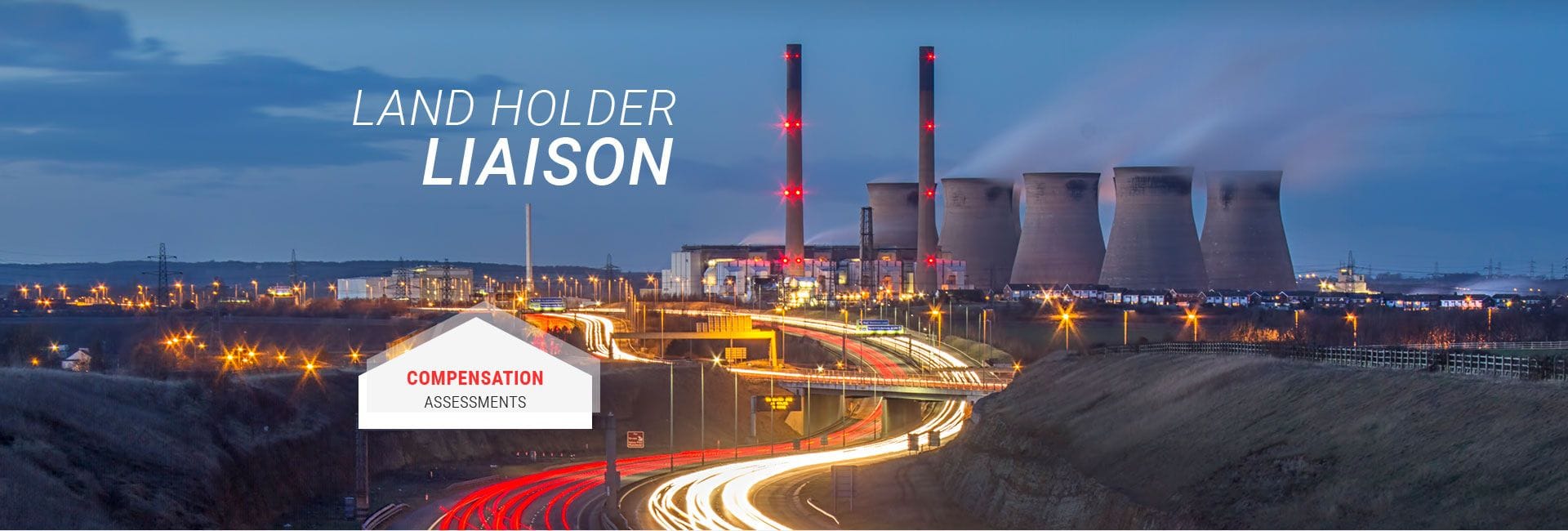Posted by Cameron England, The Advertiser
on 12 June 2014
SANTOS’S Narrabri coal seam gas project is vital to the energy security of the eastern seaboard, but is facing opposition which has taken on a “religious” zeal, the company says.
James Baulderstone, vice president of Santos’s eastern Australia division, said while the community was largely supportive of the project, the company would never be able to convince entrenched opponents.
“In a lot of ways it’s become a bit of a religion for some people, Mr Baulderstone said.
“Once you become religious about something, to some degree the facts do go out of the window.
“The claims around huge impacts on the environment, huge impacts on people’s health is really a bit of a nonsense.’’
Santos purchased the Narrabri project from Eastern Star Gas in 2011 for about $1 billion, and is hoping to make a final investment decision to go ahead with a full development in the first quarter of next year.
The Adelaide company has drilled nine wells in a recent campaign and is running a pilot test program to get more data about the production levels and economics of the project.
However there is vocal opposition to the project from some in the community.
The Wilderness Society, some farmers from the region, and members of the local indigenous Gomeroi community were successful in having a resolution put to the Santos AGM earlier this month calling for the company to shelve the project.
The resolution was trounced after more than an hour of discussion, with 99.22 per cent of votes cast opposed.
Coonamble farmer Anne Kennedy was one of the opponents who spoke at the meeting, and raised oncerns that aquifers in the region would be affected by the project.
Santos NSW general manager of energy Peter Mitchley said Mrs Kennedy’s farm was about 80km from where Santos was active in the Pilliga Forest.
He pointed out that while Santos planned to drill 850 wells over 20 years, about 18,000 water bores had already been drilled in the region, and Santos’s expected water use would be less than 1 per cent of the 400 gigalitres which was currently taken out of the aquifers in the Namoi catchment area.
Mr Mitchley said studies had shown the company would use about 1.5GL of water.
“That’s the equivalent of the water used by about 250ha of cotton,’’ he said.
“If somebody said ‘I’m going to plant an extra 250ha of cotton in the Namoi catchment’ I don’t think anyone would blink.’’
Mr Baulderstone said while Santos had demonstrated that its drilling processes would not affect aquifers, which were much shallower than the coal seams it was drilling for gas, some people were implacably opposed.
“What we’ll find though is it doesn’t matter what anyone will find or say, there will be people who will not accept it.’’
However with a large proportion of NSW’s gas supply contracts expiring by 2017 and the state importing 97 per cent of its gas, it was vital that the project went ahead.
“It is quite remarkable that Australia’s first, biggest and most populous state is really the only state in Australia that doesn’t have a natural gas industry,’’ Mr baulderstone said..
“If the (coal seam gas) industry was to be shut down tomorrow as some people are asking for, effectively on the eastern seaboard manufacturing and a large swathe, 30 per cent of the power stations would close.’’
The Narrabri project could supply about half of NSW’s gas needs in coming years.
Some of the issues Santos faces at Narrabri are legacy problems dating back to when the project was owned by Eastern Star gas.
The company is currently shutting down a holding pond at Bibblewindi where 10,000 litres of salty water leaked into the nearby forest after an electronic switch connected to the pipeline failed in 2011.
The company is spending $1.4 million rehabilitating the site over the next four years.
Santos was also fined $1500 for minor leakage at the site last year, in an incident which the Lock The Gate Alliance has characterised as leading to uranium contamination as a result of CSG activities. An EPA fact sheet found that the uranium was naturally occurring however, and the inciendet was “small, localised and contained” and posed no threat to stock or crops.
Santos has told farmers in the region that it will only come onto their land if they are welcome, and it has so far signed access agreements with about 40 landholders.
Mr Mitchley said the company was “confident we won’t have to go where we’re not wanted’’, but added that the company had the most support where it was active, which was an indication that it acted with integrity.
Mr Mitchley said farmers who signed agreements with Santos could look forward to payments of about $1 million over 10 years once it was in production, following other payments at the development phase.
The wells would not be hydraulically stimulated, or “fracked”, as there was no need to do so to extract the gas.
And with less than a decade of conventional gas left to service the eastern seaboard, the development of the project was vital.
*The author travelled to Narrabri as a guest of Santos



